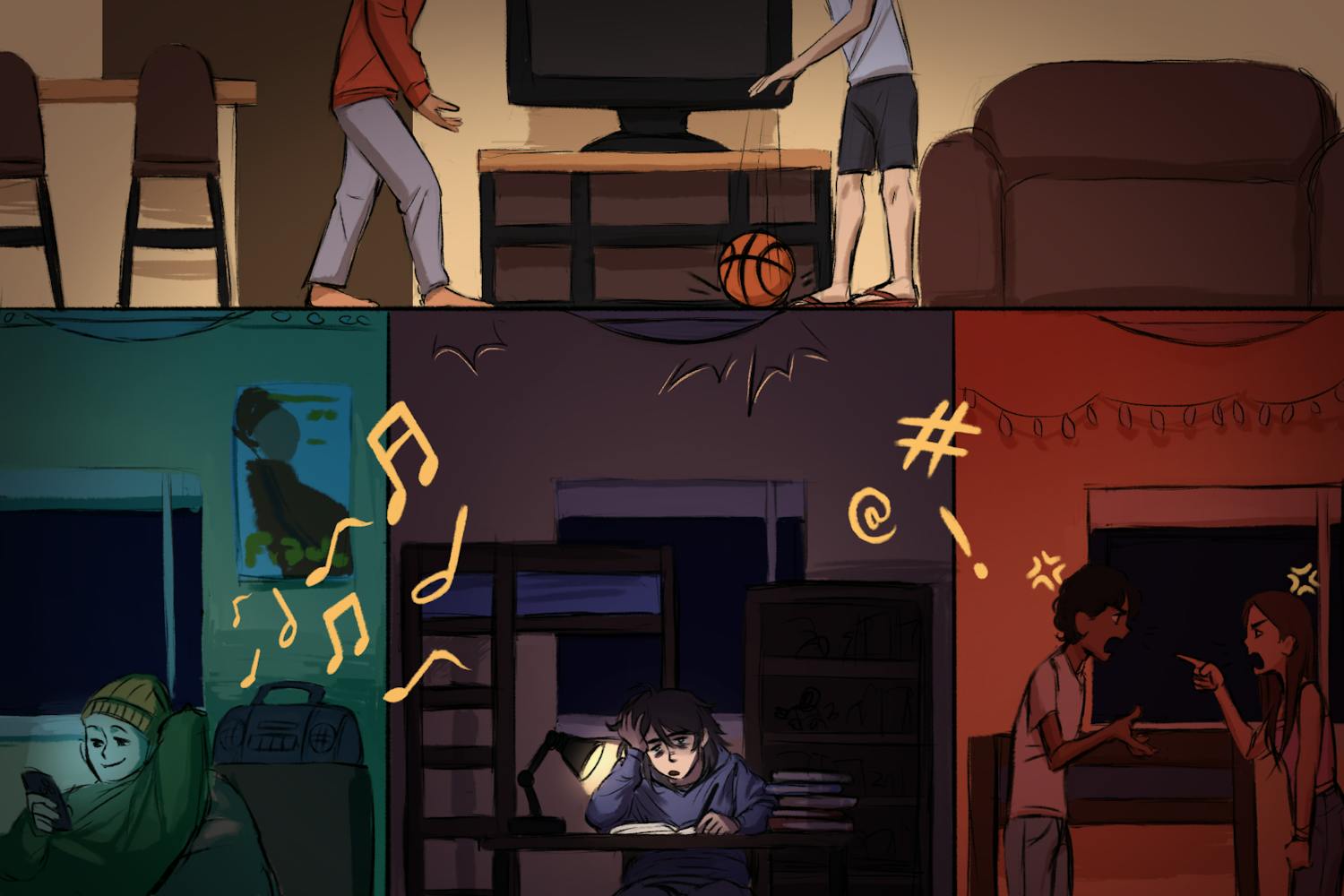I spent my New Year’s Eve a few blocks from the Fiesta Bowl Block Party at Tempe Town Lake. At midnight, as I took a celebratory pull from my flask and watched the fireworks alongside a raging bonfire, my belief that no one pays attention to no-burn days was reaffirmed.
Almost without fail, every year the Maricopa County Air Quality Department issues a no-burn day on the two holidays in December where fires are essential to the festive atmosphere. Surely, this is an annoyance and we can hardly blame people for not adhering to the regulation.
However, while it may be morally permissible to ignore the regulation on holidays, it is wrong to excuse the fact that Phoenix has horrible air quality year round.
According to the MCAQD, “No-burn days restrictions are put into effect when air pollution is expected to reach or exceed the federal standard,” as defined by the Environmental Protection Agency. This is designed not only to aid residents with chronic respiratory problems, but also to prevent fines and lawsuits against the city for violating federal mandates.
I have no respiratory problems, other than common seasonal allergies, yet the air quality in Maricopa County takes a continual toll on me and other residents with no pre-existing conditions to blame.
Phoenix, the sixth largest U.S. city, consistently makes appearances at the top of lists ranking the poorest air quality.
The American Lung Association places Phoenix in a three-way-tie as second for highest in particle pollution year round and ninth for ozone (smog) pollution.
Despite these statistics, Maricopa County consistently meets annual federal standards for air quality, as explained by an article appearing in The Arizona Republic. This is because PM2.5 levels, or small particulates from burning wood, are generally low throughout the year, with a short spike during the winter months.
The real problem, as explained by Jim Bloom, Chief of Staff for Maricopa County Board of Supervisors, is “the region's exceedances of PM10, large dust particles generated by weather conditions, vehicular traffic and industrial activities.”
No-burn days are a commendable effort at decreasing air pollution by the county, but they are as difficult to enforce as they are to prove effective. And honestly, it does seem quite petty to ban fires on some of the only days of the year where you can have them without risking heat stroke.
More importantly is the fact that no-burn days miss the substantial causes of year-round pollution, which are not fires. It’s actually cars and industry. Of course, the latter is much more difficult to regulate.
I sympathize with the county and their battle to improve air quality. It’s much easier to slap a ban on fires, fail to enforce it and claim, “We tried!” than it is to tackle real issues like air pollution from traffic congestion and industrial waste.
So in case you thought twice this year, don’t even fret about burning a fire on the holidays next December. No one cares. Not even the people who are supposed to.
Reach the columnist at damills3@asu.edu Click here to subscribe to the daily State Press newsletter.



